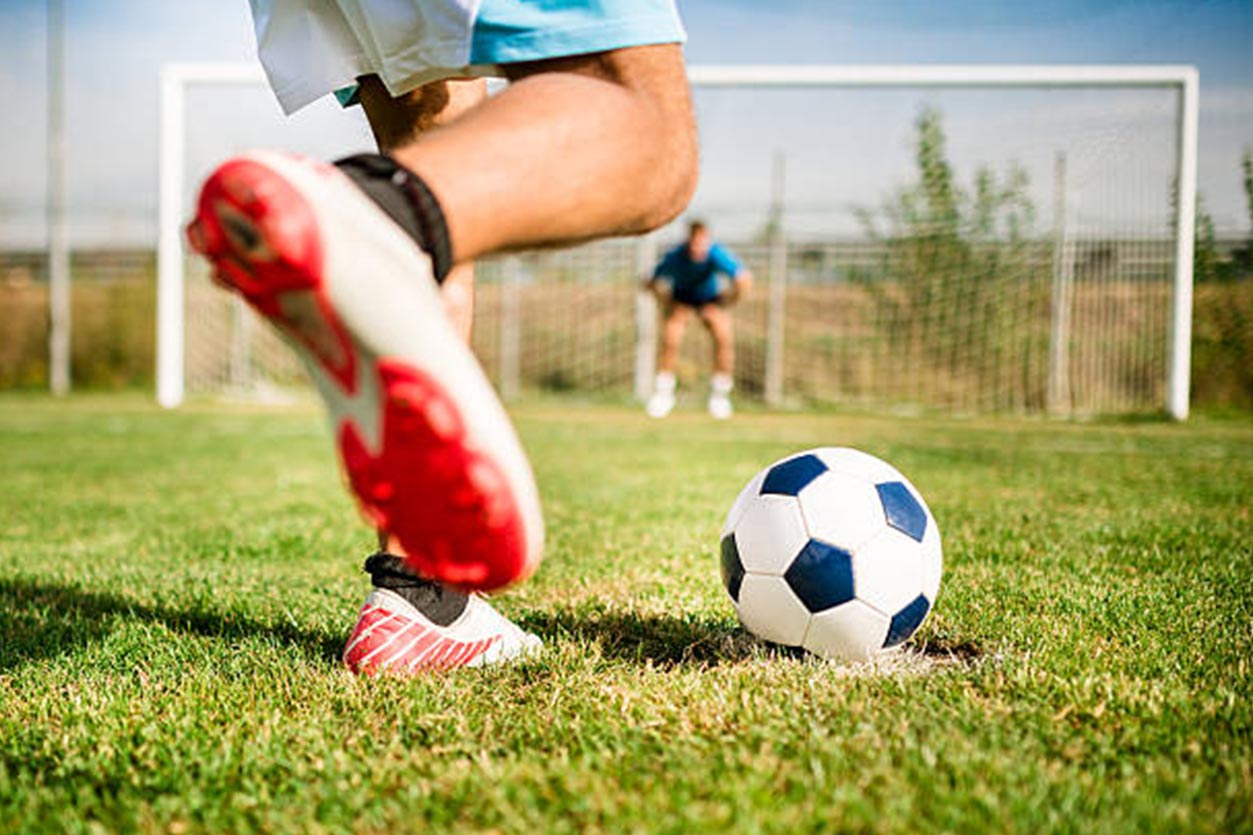Introduction
Great defenders don’t just react to danger—they anticipate it. Defensive positioning is a crucial aspect of modern soccer that separates average defenders from elite ones. This blog breaks down the art of defensive positioning, the importance of anticipation, and how defenders can stay ahead of their opponents.
The Importance of Defensive Positioning
Proper positioning reduces the need for last-ditch tackles and risky challenges. A well-positioned defender can:
- Cut passing lanes and limit attacking options.
- Force attackers into less dangerous areas.
- Reduce the goalkeeper’s workload by blocking shots and crosses.
Key Aspects of Defensive Positioning
- Reading the Game
- Watching the opponent’s movement and predicting plays.
- Staying aware of passing lanes and possible threats.
- Body Positioning
- Keeping the body at an angle to react quickly.
- Staying on the balls of the feet to move in any direction.
- Spacing and Distance Control
- Staying close enough to pressure attackers without being easily bypassed.
- Using cover shadows to block passing options.
Training for Better Defensive Positioning
- Positional Drills: Practicing game-like scenarios helps refine anticipation skills.
- Watching Film Analysis: Studying elite defenders offers valuable insights into proper positioning.
- Small-Sided Games: Encourages quick thinking and sharp positioning adjustments.
Conclusion
Defensive positioning is the foundation of effective defending. By mastering anticipation, body positioning, and spatial awareness, defenders can control games without making unnecessary challenges. The best defenders make defending look effortless—not because they tackle more, but because they position themselves perfectly.




